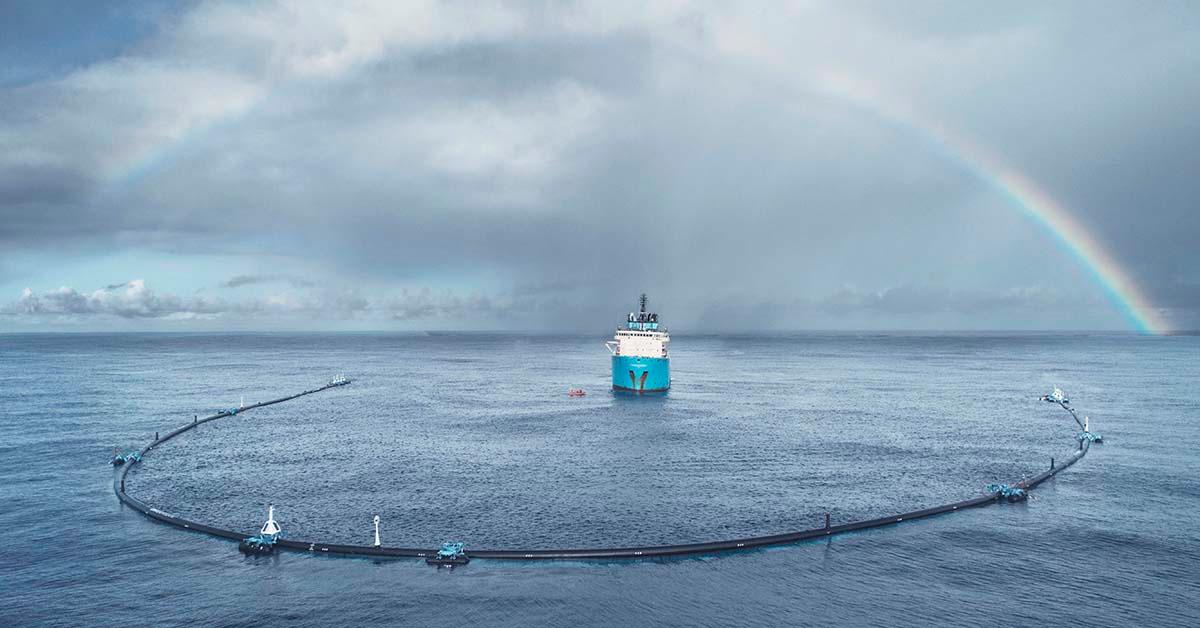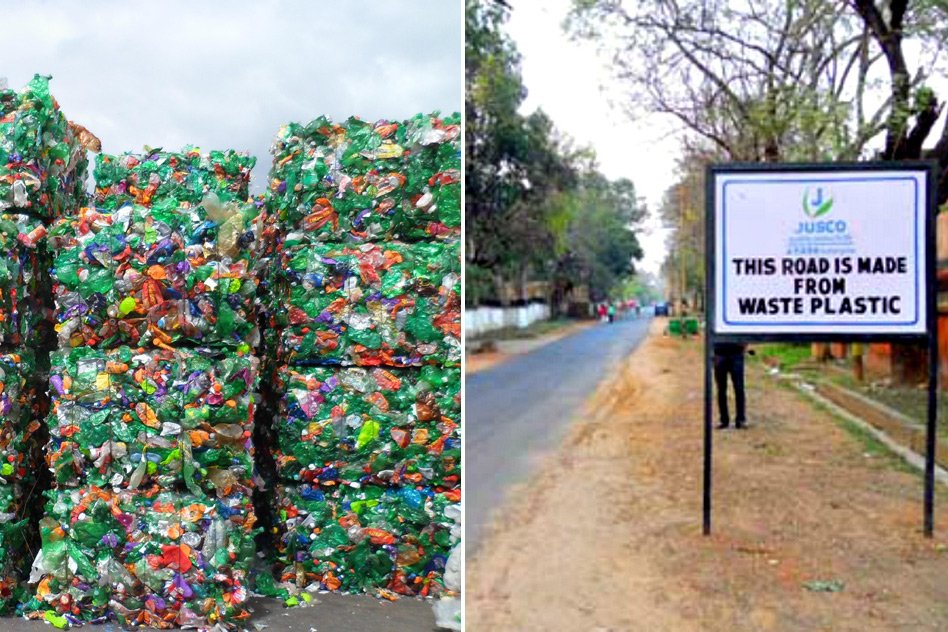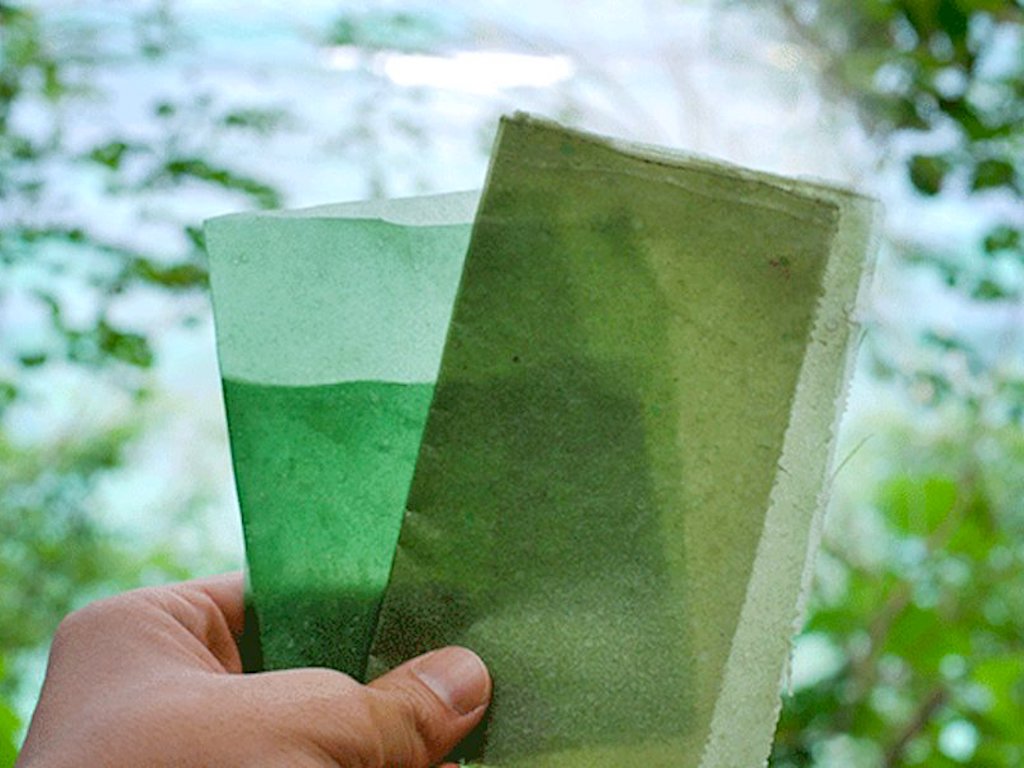How plastic industries fool us into recycling plastic?
According to National Geographic, an astonishing 91 per cent of plastic doesn’t actually get recycled. So the plastic you threw in the recycle bin last week, with the hope that it will be reused, is most probably lying in landfills. It might be contaminating the ocean or if incinerated, it is polluting the air.
But why?
For plastic manufacturing factories, it is much cheaper to create new plastic from oils and gas than to reuse the old ones. All used plastic can be turned into new things, but picking it up, sorting it out and melting it down is expensive. And the plastic that does get recycled is actually downcycled, which means it gets less and less useful every time. Ironically, it is those same plastic factories that spend millions on advertising people to throw waste plastic in the recycle bin.
But again, why?
It was the late 1980s. With ever-increasing amounts of garbage, public concern about plastic was heightening. The image of plastics and the industry was falling dramatically. State and local officials across the country were considering banning some kinds of plastics in an effort to reduce waste and pollution. And sales of plastic were failing.
Then the plastic industry came up with a plan; a way to take care of plastic bans and keep its sales growth. It would publicly promote recycling as the solution to the waste plastic crisis. The basic strategy was that "If the public thinks that recycling is working, then they are not going to be as concerned about the environment," says Larry Thomas, former president of the Society of the Plastics Industry. But in reality, the internal industry doubted, from almost the beginning, that widespread plastic recycling could ever be economically viable.
And their plan worked. The public image of plastic became better again, and the industry started gaining profit. But in the background, some plastic was being recycled while most were just lying around without any use.
The circular arrow sign in any plastic bag represents it to be "recyclable". And that sign has a number in the middle, from 1 to 7. This number represents the type of monomer it was made with. And a shocking fact is that only those plastic with numbers "1" (Most beverage and liquid cleaner bottles) or "2" (heavier-duty bottles for milk, juice, and laundry detergent) or "5" (plastic cutlery, yoghurt and margarine tubs, ketchup bottles) can be easily recycled and profit can be made. For Rest, 3, 4, 6, and 7, they just gunk up an already strained recycling system.
Most developed nations produce more waste than they can process at home. Those wastes are shipped to other countries that would take the waste to recycle like Thailand, India, Malaysia, China and so on. Then, on the first day of 2018, China, the world’s largest market for recycled waste, essentially shut its doors. In May, the Malaysian government began turning back container ships, citing public health concerns. Thailand and India have announced bans on the import of foreign plastic waste. Then all that wastes which is left unsold remain there polluting the landfills.
“It’s really a complete myth when people say that we’re recycling our plastics. It all sounded good. ‘It’s going to be recycled in China!’ I hate to break it to everyone, but these places are routinely dumping massive amounts of [that] plastic and burning it on open fires.” says Jim Puckett, the executive director of the Seattle-based Basel Action Network.
Although it started in the 1980s, even at present, the condition hasn't changed; most of the plastic isn't being recycled. And this covid pandemic has only made the problem worse. If present trends continue, by 2050, there will be 12 billion metric tons of plastic in landfills; about double the quantity than at present.
While the situation for plastic is grim, for metals, glass and paper, most of them can be recycled, so very few end up in landfills.
Then, what's the solution to all this?
There have been some innovative solutions to the plastic pollution that is currently crippling the earth’s ecosystem. The following list includes most of them:
Mushrooms that can break down plastic: some fungus secretes enzymes that degrade the plastics, and in return, the fungus gets food from it by dissolving the plastics.
Ocean cleaning device: ocean cleanup system called ‘System 001’is an enormous, 600m long, floating, rubbish-collector, which collects plastic in a 3m deep skirt.
Roads made from plastic
Bioplastics are made from seaweed.
The plastic bank project: The project incentivises people to collect ocean-bound plastic before it enters the waterways while fighting poverty, giving people an income, cleaning up the streets, and reducing the amount of waste that goes into the oceans.







Comments
Post a Comment
So, how do you like my blogs so far?